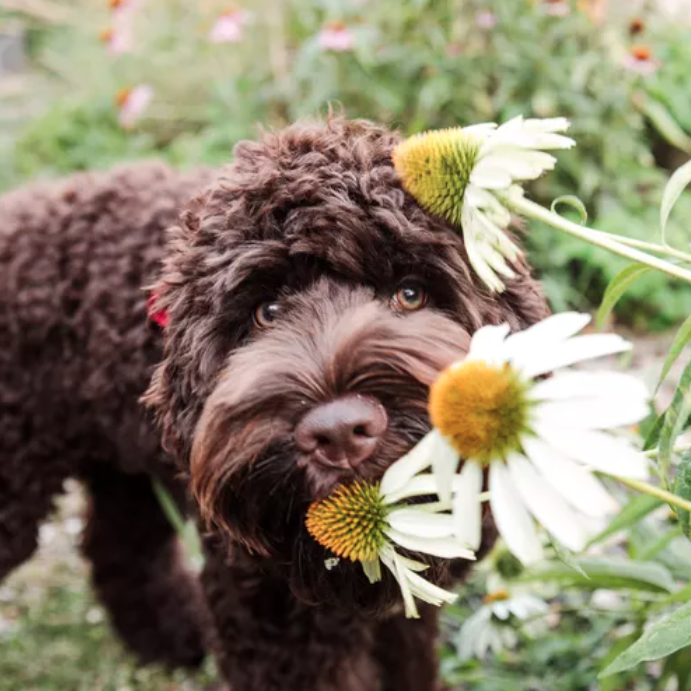If you are a dog owner and enjoy gardening, knowing which plants are toxic to dogs is essential. Dogs are curious creatures and may explore their surroundings by sniffing, chewing, and eating different plants. However, some plants can cause mild to severe health issues or even death. Here are some common plants that are poisonous to dogs:
- Sago Palm: All parts of the sago palm plant, including the seeds, are toxic to dogs. Symptoms of poisoning include vomiting, diarrhoea, seizures, and liver failure.
- Azalea: Azaleas contain grayanotoxins, which can cause vomiting, diarrhoea, and even coma in dogs.
- Lily of the Valley: The flowers, leaves, and stems of the lily of the valley plant are poisonous to dogs. Ingestion can cause vomiting, diarrhoea, seizures, and even heart failure.
- Daffodils: All parts of the daffodil plant, especially the bulb, contain lycorine, which can cause vomiting, diarrhoea, abdominal pain, and even cardiac arrhythmia.
- Tulips: Tulips contain toxic compounds in the bulb that can cause vomiting, diarrhoea, and drooling in dogs.
- Oleander: All parts of the oleander plant are toxic to dogs and can cause heart failure, tremors, and seizures.
- Aloe Vera: The sap of the aloe vera plant can cause vomiting, diarrhoea, and lethargy in dogs.
- Castor Bean: The castor bean plant seeds contain ricin, a toxic compound that can cause severe gastrointestinal symptoms and even death.
- Yew: All parts of the yew plant, including the needles, are toxic to dogs and can cause vomiting, diarrhoea, and cardiac arrest.
- Rhododendron: Rhododendrons contain grayanotoxins, which can cause vomiting, diarrhoea, and even comas in dogs.
These are just a few of the many poisonous plants to dogs. If you suspect your dog has ingested a toxic plant, seek veterinary attention immediately. It’s always better to err on the side of caution when it comes to your furry friend’s health and well-being.

